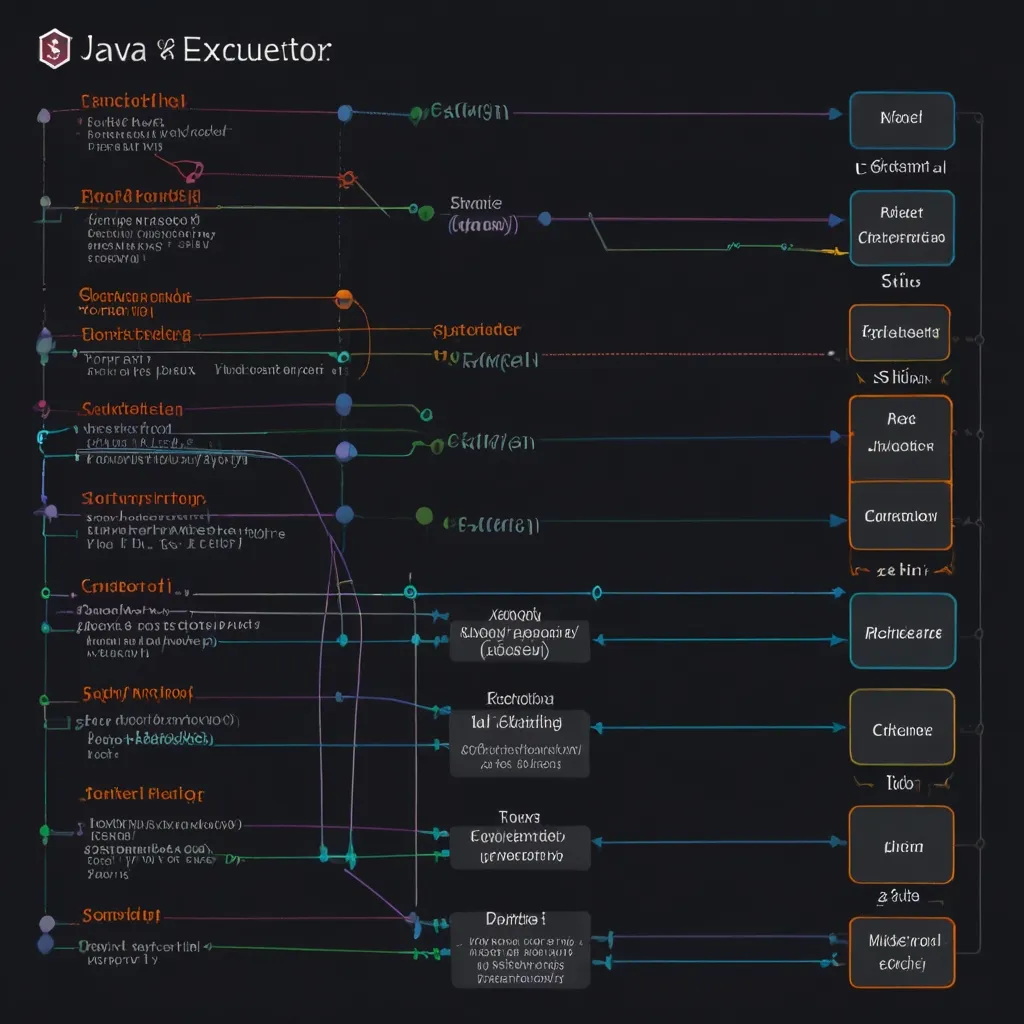Building a real-time 3D social media platform with WebGL is an exciting endeavor that combines cutting-edge technologies to create immersive online experiences. As someone who’s been tinkering with 3D graphics and social platforms for years, I can tell you it’s a wild ride full of challenges and rewards.
Let’s start with the basics. WebGL, or Web Graphics Library, is a JavaScript API that allows us to render interactive 3D graphics right in the browser. It’s like giving your web pages superpowers, letting them display complex 3D scenes without any plugins. Pretty cool, right?
Now, imagine combining this with a social media platform. You’d have users interacting in a 3D space, sharing content, and communicating in real-time. It’s like stepping into a virtual world where you can hang out with friends, attend events, or even conduct business meetings.
To build something like this, we’ll need a solid tech stack. On the frontend, JavaScript is our go-to language. We’ll use libraries like Three.js or Babylon.js to simplify working with WebGL. These libraries provide high-level abstractions that make creating 3D scenes a breeze.
Here’s a quick example of how you might set up a basic 3D scene using Three.js:
const scene = new THREE.Scene();
const camera = new THREE.PerspectiveCamera(75, window.innerWidth / window.innerHeight, 0.1, 1000);
const renderer = new THREE.WebGLRenderer();
renderer.setSize(window.innerWidth, window.innerHeight);
document.body.appendChild(renderer.domElement);
const geometry = new THREE.BoxGeometry();
const material = new THREE.MeshBasicMaterial({ color: 0x00ff00 });
const cube = new THREE.Mesh(geometry, material);
scene.add(cube);
camera.position.z = 5;
function animate() {
requestAnimationFrame(animate);
cube.rotation.x += 0.01;
cube.rotation.y += 0.01;
renderer.render(scene, camera);
}
animate();
This code creates a simple rotating green cube. It’s just the tip of the iceberg, but it gives you an idea of how we can start building our 3D world.
On the backend, we have a few options. Python with Django or Flask could work well, especially if you’re comfortable with Python. Java with Spring Boot is another solid choice, offering robust performance and scalability. For those who love the speed and simplicity of Go, it’s an excellent option too.
Personally, I’m a big fan of Node.js for projects like this. It allows us to use JavaScript on both the frontend and backend, which can simplify development. Plus, its event-driven, non-blocking I/O model is perfect for handling real-time communications.
Speaking of real-time, we’ll need to implement WebSockets to enable instant messaging and updates. Socket.io is a fantastic library for this. Here’s a simple example of how you might set up a WebSocket server with Node.js and Socket.io:
const express = require('express');
const app = express();
const http = require('http').createServer(app);
const io = require('socket.io')(http);
app.get('/', (req, res) => {
res.sendFile(__dirname + '/index.html');
});
io.on('connection', (socket) => {
console.log('A user connected');
socket.on('chat message', (msg) => {
io.emit('chat message', msg);
});
socket.on('disconnect', () => {
console.log('User disconnected');
});
});
http.listen(3000, () => {
console.log('Listening on *:3000');
});
This sets up a basic server that can handle real-time chat messages. You’d expand on this to handle all sorts of real-time interactions in your 3D world.
Now, let’s talk about the 3D modeling aspect. Creating 3D assets for your platform can be a challenge if you’re not an artist. Blender is a fantastic free tool for creating 3D models, but there’s definitely a learning curve. I remember spending countless hours trying to model a simple character - it was frustrating at first, but incredibly satisfying when I finally got it right.
If you’re not up for modeling everything yourself, you can use asset libraries like Sketchfab or TurboSquid. Just make sure you have the right licenses for any assets you use.
One of the biggest challenges you’ll face is performance optimization. Rendering complex 3D scenes in real-time can be resource-intensive, especially on mobile devices. You’ll need to implement level-of-detail (LOD) techniques, where objects farther from the camera are rendered with less detail. You might also use occlusion culling to avoid rendering objects that aren’t visible to the camera.
Here’s a simple example of how you might implement LOD with Three.js:
const lowDetailGeometry = new THREE.BoxGeometry(1, 1, 1, 1, 1, 1);
const mediumDetailGeometry = new THREE.BoxGeometry(1, 1, 1, 8, 8, 8);
const highDetailGeometry = new THREE.BoxGeometry(1, 1, 1, 16, 16, 16);
const material = new THREE.MeshStandardMaterial({ color: 0x00ff00 });
const lod = new THREE.LOD();
lod.addLevel(new THREE.Mesh(highDetailGeometry, material), 0);
lod.addLevel(new THREE.Mesh(mediumDetailGeometry, material), 5);
lod.addLevel(new THREE.Mesh(lowDetailGeometry, material), 10);
scene.add(lod);
This creates an object that will automatically switch to lower detail models as the camera moves farther away.
Another crucial aspect of a social media platform is user authentication and data privacy. You’ll need to implement secure login systems, possibly using OAuth for integration with existing social media platforms. And don’t forget about GDPR compliance if you’re targeting European users!
For data storage, you’ll likely want a combination of a traditional relational database for user data and structured content, and a NoSQL database for handling the more flexible, schema-less data that might come with user-generated 3D content. PostgreSQL and MongoDB are solid choices for these respective roles.
As your platform grows, you’ll need to think about scalability. Microservices architecture can help here, allowing you to scale different components of your system independently. Docker and Kubernetes can be invaluable for managing and scaling your services.
Testing is another crucial aspect. Unit tests for your backend logic, integration tests for your APIs, and end-to-end tests for your 3D rendering and user interactions are all important. Jest is a great JavaScript testing framework that can handle most of your testing needs.
Lastly, don’t forget about accessibility. While a 3D interface can be exciting, it can also be challenging for users with certain disabilities. Consider implementing alternative interfaces or navigation methods to ensure your platform is usable by everyone.
Building a real-time 3D social media platform is a complex task, but it’s also incredibly rewarding. There’s something magical about seeing users interact in a world you’ve created. It’s not just about the technology - it’s about creating spaces for human connection and creativity to flourish.
As you embark on this journey, remember that it’s okay to start small. Begin with a simple 3D chat room, then gradually add features like customizable avatars, shared 3D spaces, and interactive objects. Learn from your users, iterate on your design, and most importantly, have fun with it. Who knows? You might just be building the next big thing in social media.






